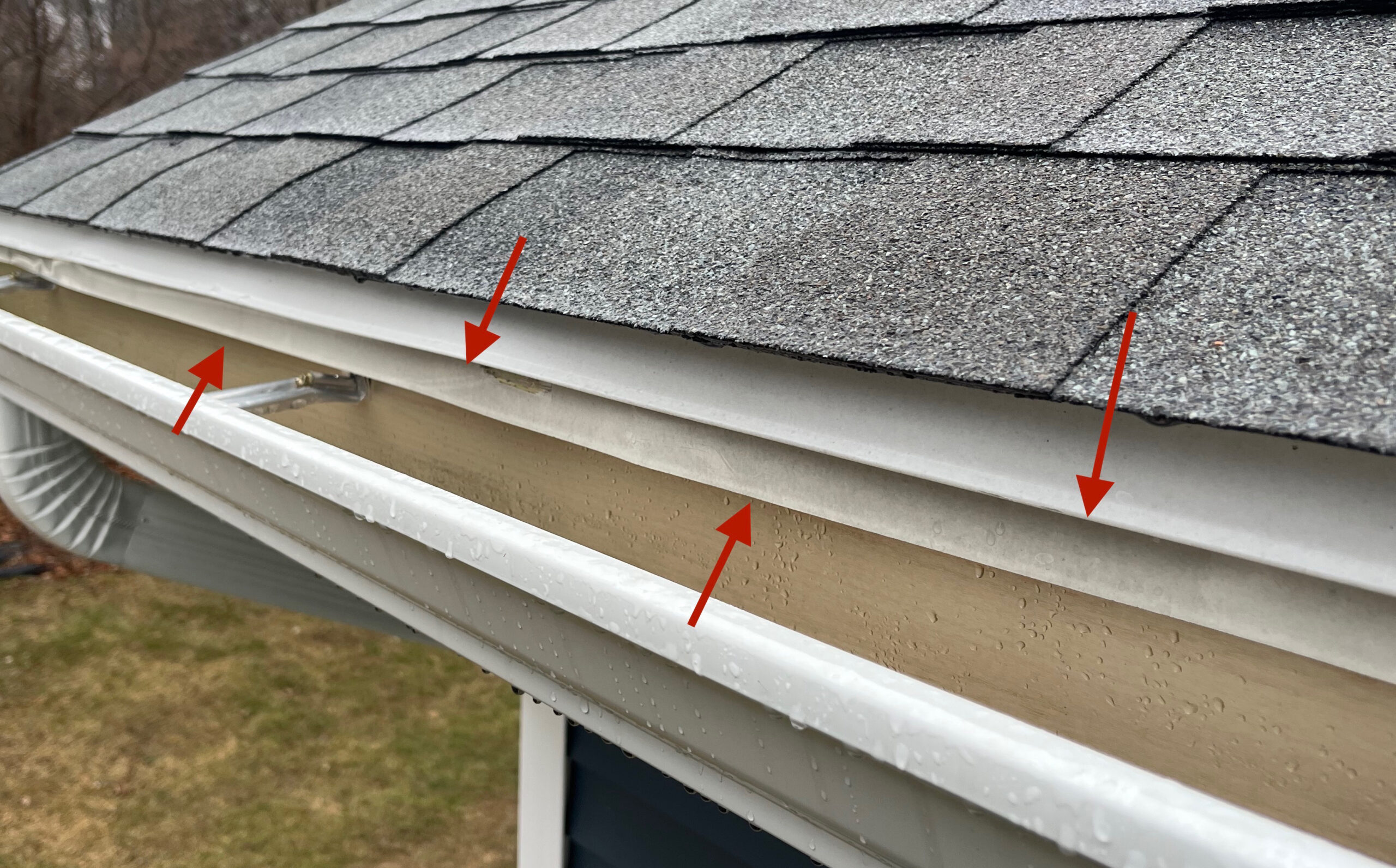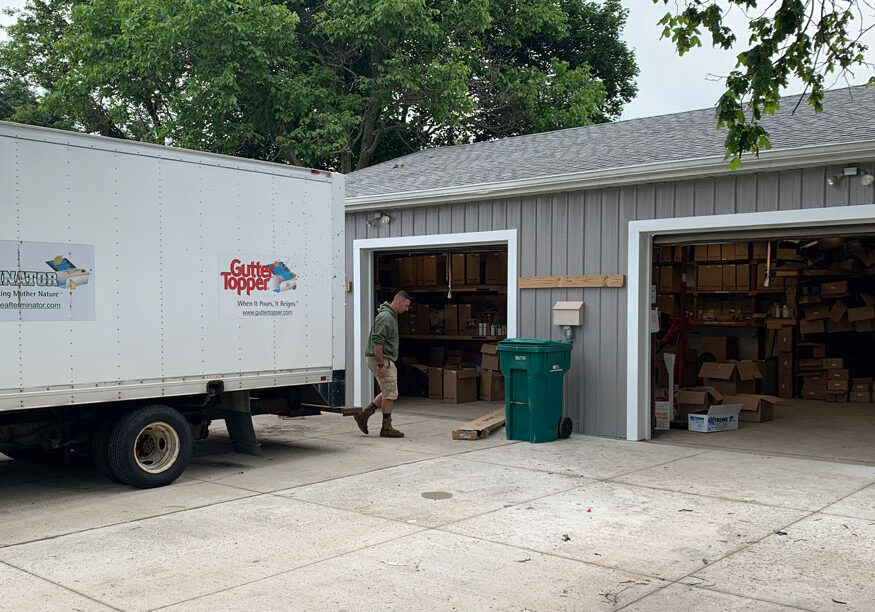Seamless Eavestrough
What Sets Us Apart?
Many homeowners see gutters as a very simple check box for a house, with one gutter installer being much like another. That’s simply not true! Besides the talent of the installers, there are many very practical details that can be done well or badly. At Sunrise Seamless, every component is thought out and chosen with intention to give you the highest quality installation. Here are just a few examples:
No Seams
Seamless eavestrough means no seams! If you have a sixty-foot house, you’ll have a sixty-foot section of gutter. The only exception is if your eavestrough turns a corner; they haven’t figured out how to make a seamless corner. However, we have developed a system for installing and sealing corners that we guarantee against leaking for five years.
Our seamless eavestrough is made from .027”aluminum with a tough baked enamel finish. Over 40 colors are available as well as copper.
Standard house eavestrough utilizes 5” gutters with 2”x3” downspouts. For heavy water locations we can include 3”x4” downspouts.
We can make and install 6" seamless eavestrough, for the extra large home or commercial building. Although it is only an inch wider it is also an inch deeper and can hold approximately forty percent more rain than 5” seamless eavestrough.
Hangers
We use a heavy-duty, hidden hanger system with a 3” galvanized screw. Compare these against the “economy” hangers.
Heavy-duty aluminum for durability
3" zinc coated screw for secure installation
1 1/4" wide for strength
Cheap hangers are flimsy and can be bent and even broken by hand.
Fasteners
We also use color-coordinated, rust free, aluminum rivets. Most competitors use galvanized screws that rust after two to five years.
Screws are quicker to install, but prone to rust, can easily strip and become loose, and often stick into the downspout providing a point where leaves and twigs can get stuck and start a clog.
Outlets
A good outlet provides a stable anchor between the downspout and the gutter. Sealed inside the gutter, it won’t allow water to escape outside the downspout.
Some companies cut corners by skipping an outlet altogether and simply cut the bottom of the gutter, folding it down into tabs. Then they screw the downspout to one of the tabs. This is a weaker connection and prone to leaks.
Drip Edge
Gutters are designed to be tucked under the drip edge, so all the rain water goes into the gutter, not behind. If the gutter gets lower than the drip edge as it slopes to the downspout, flashing should be added to bridge the gap.
The back of the gutter goes up behind the drip edge.











